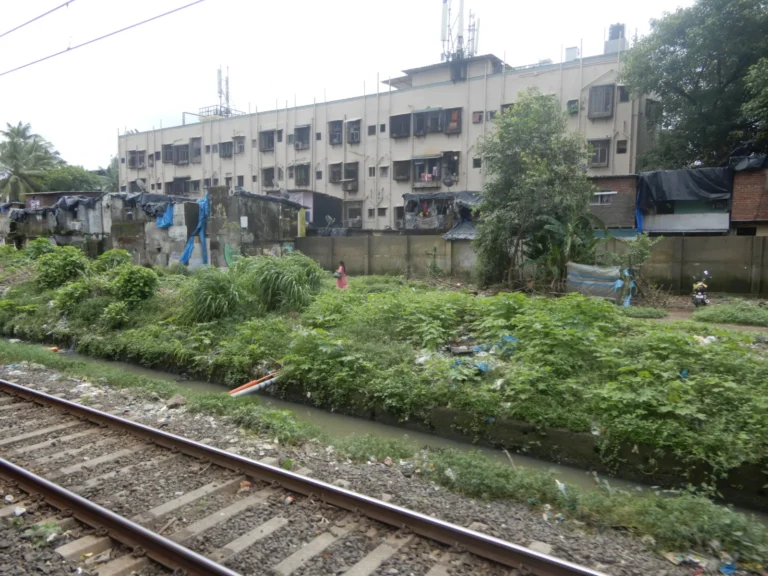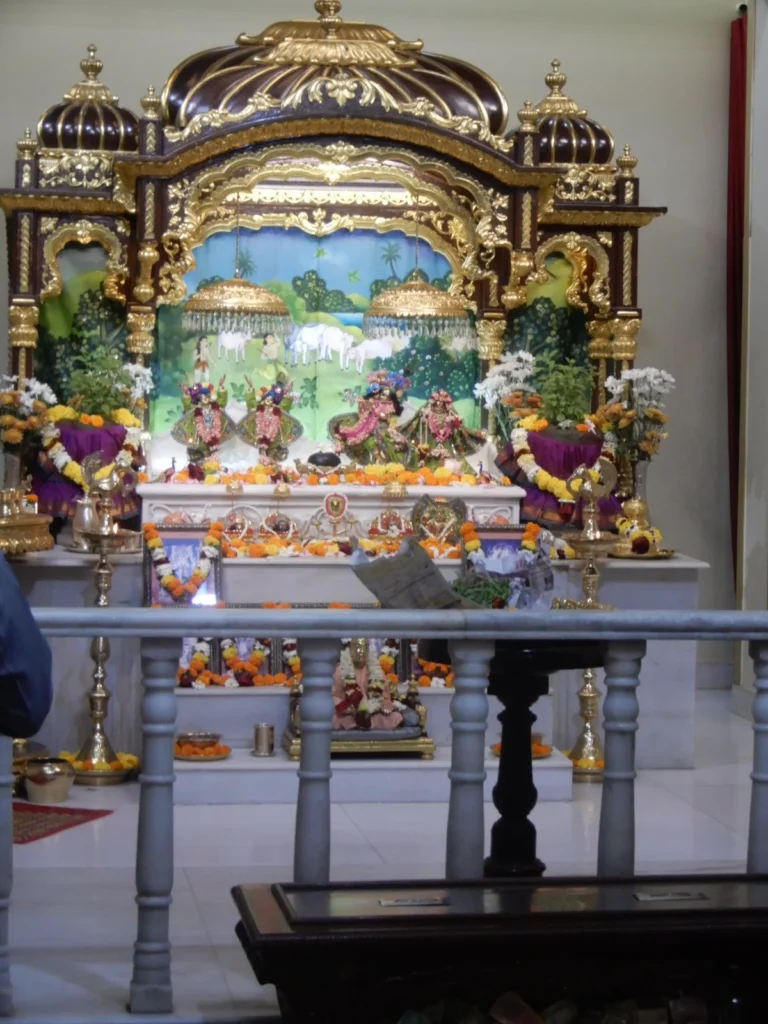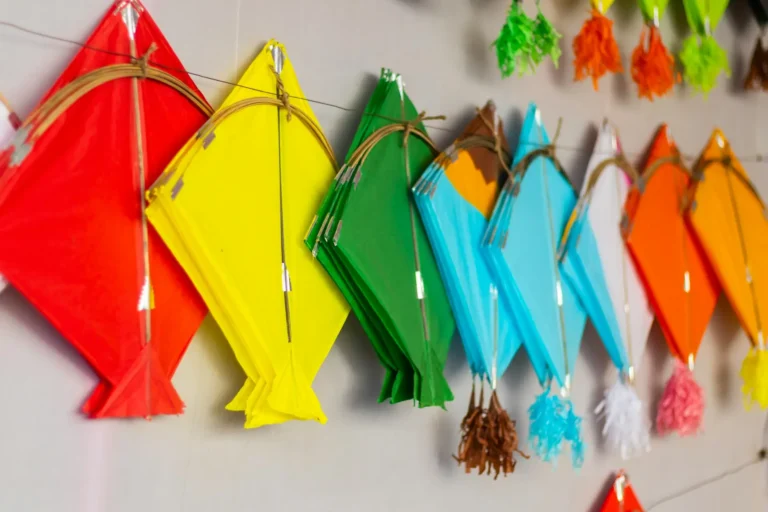What Is the Visitor Dress Code for Haji Ali Dargah?
The Haji Ali Dargah, located in Mumbai, India, is a renowned mosque and tomb that holds cultural and religious significance for millions. Understanding the dress code at Haji Ali Dargah is essential, as it reflects the respect visitors should demonstrate in this sacred space.
What is the Significance of Dress Code in Haji Ali Dargah?
The dress code at Haji Ali Dargah is not merely a set of rules; it’s a gesture of respect towards the spiritual and cultural values associated with the site. It is a way for visitors to express their reverence for the sanctity of the place.
What Attire is Acceptable?
When visiting Haji Ali Dargah, it is customary for both men and women to dress modestly. For men, this often means wearing full-length trousers or traditional Indian attire like kurta-pajama. Women are expected to dress modestly as well, with options including salwar kameez or long skirts and blouses.
It’s crucial to avoid clothing that may be perceived as disrespectful, such as shorts or revealing outfits. This dress code aligns with the modesty and humility valued in Islamic traditions.
Headgear: Is it Mandatory?
One common query revolves around headgear. While it is not strictly mandatory, wearing a cap or scarf is appreciated as a sign of humility and respect. Many visitors, regardless of their faith, choose to adhere to this practice as a mark of cultural understanding and unity.
Why is Respectful Attire Important?
Respecting the dress code at Haji Ali Dargah is not about conformity; it’s about acknowledging the cultural and religious sentiments associated with the site. This respect fosters an environment where individuals from diverse backgrounds can come together in harmony.
By dressing appropriately, visitors demonstrate their recognition of the sacredness of the place, contributing to a shared atmosphere of reverence and understanding.
Examples of Disrespectful Attire
To comprehend the importance of respectful attire, consider scenarios where visitors unknowingly breach the dress code. Imagine a visitor wearing beach attire or excessively casual clothing. Such outfits may not align with the somber and modest atmosphere of Haji Ali Dargah, potentially causing discomfort to fellow visitors.
Can Tourists Follow the Dress Code?
Tourists often wonder if they can adhere to the dress code without compromising their comfort. The answer is yes. Local shops around Haji Ali Dargah offer affordable and suitable clothing options that align with the dress code. Visitors can easily purchase or rent appropriate attire, ensuring a seamless and respectful experience.
Flexibility in Dress Code: Myth or Reality?
While there are general guidelines, Haji Ali Dargah also exhibits a level of flexibility. The primary objective is to ensure modesty and respect, and the authorities understand that visitors may not be familiar with the specific cultural nuances. As long as the fundamental principles are observed, there is room for understanding and adjustment.
Cultural Significance of Dress Code: Beyond Rules and Regulations
1. Connecting with Traditions
The dress code at Haji Ali Dargah is a bridge that connects visitors with the rich traditions of Islamic culture. It serves as a tangible expression of the values upheld at this sacred site, fostering a sense of shared cultural heritage.
2. Promoting Unity in Diversity
In a world marked by diversity, the dress code at Haji Ali Dargah becomes a symbol of unity. Regardless of one’s religious background or cultural upbringing, adhering to the dress code demonstrates a willingness to embrace and respect the beliefs of others.
Conclusion
In conclusion, the dress code at Haji Ali Dargah is not a set of restrictive rules but a pathway to cultural understanding and respect. By dressing modestly and thoughtfully, visitors contribute to an environment of harmony and unity, allowing the spiritual significance of the site to be experienced by all.







